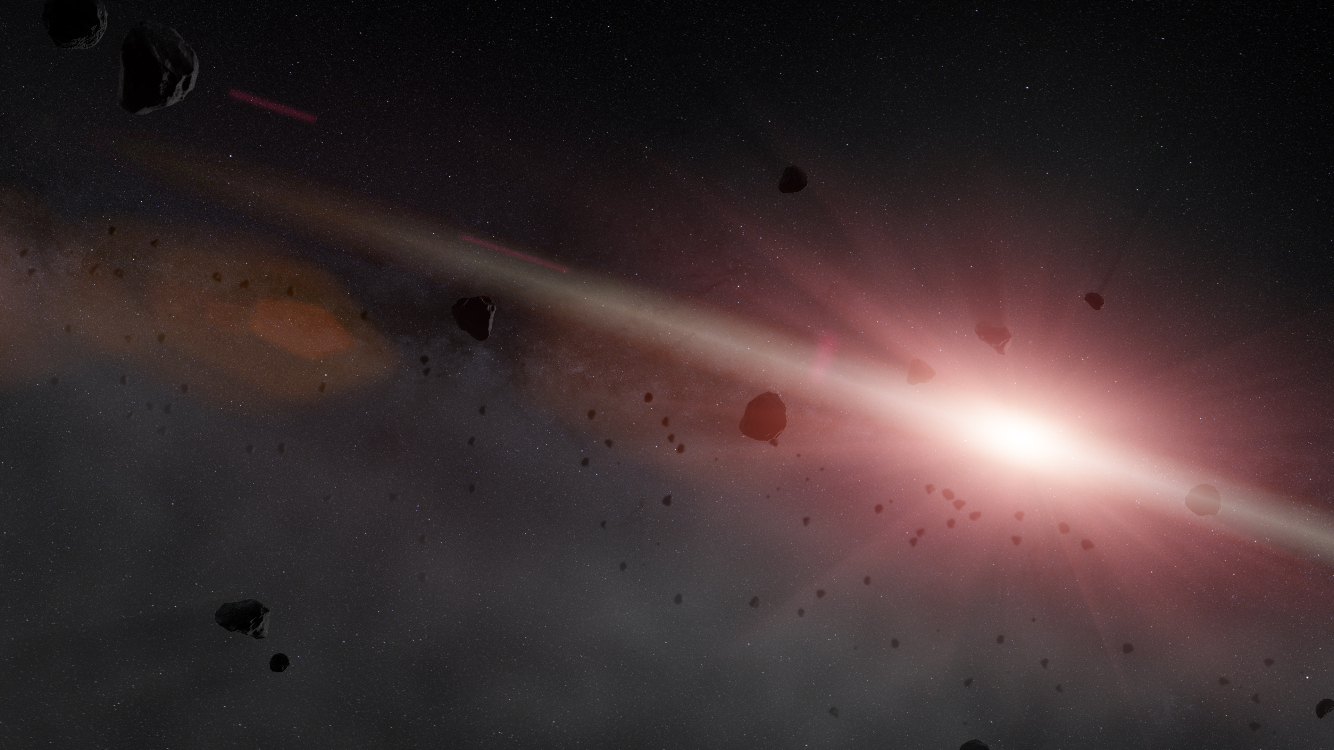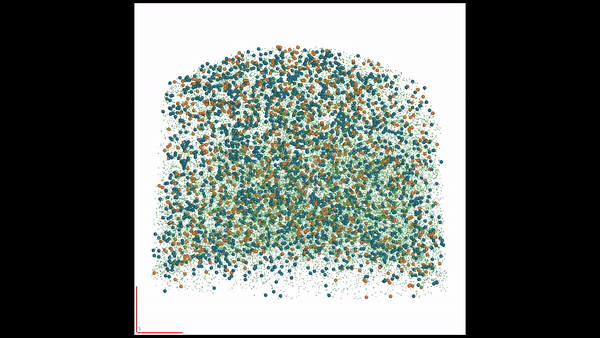
Scientists have discovered a rare stardust particle that came from the explosive supernova death of a distant star. This speck, it seems, is locked within an ancient meteorite.
The grain of dust, though small, can help tell a story of stellar life, death and rebirth that spans almost the entire 13.8 billion-year history of the cosmos. It could also allow scientists to unlock the secrets of a recently discovered type of star that dies in a unique supernova explosion.
"These particles are like celestial time capsules, providing a snapshot into the life of their parent star," research team leader and Lunar and Planetary Science Institute scientist said in a statement.
Related: Scientists may finally know why this infamous supernova wears a 'string of pearls'
A stellar story of death and rebirth
Most meteorites are like time capsules that tell scientists what material that was present in the solar system around 4.6 billion years ago, when the sun was just an infant star surrounded by a disk of gas and dust called a "protoplanetary disk."
Overly dense patches of this gas and dust would have collapsed under their own gravity and continued to accrue material, ultimately leading to planets like Earth and the creation of the solar system as we know it today. The material that was left over from planet birth would've been integrated into asteroids and comets.
The early solar system was a violent and chaotic place. Asteroids and comets would slam into Earth and other planets, and even smash into each other. Fragments created by this early cosmic demolition derby would also rain down on our planet; this, in case, still happens today — providing a cosmic "fossil record" of the early solar system.
Yet, there has always been the possibility that material sealed up in ancient meteorites could tell a much older story, one not of creation but of destruction.

When stars that existed before the sun died in massive supernova explosions, the material these stellar bodies had been forging over the course of their lives would've been spread all throughout the universe.
Some of this matter inevitably found its way into the next generation of stars, and the protoplanetary disks around them. Distinguishing that hand-me-down material, however, from other types of cosmic material is a challenge. Nevill and the team attempted to do so by looking for uncommon versions, or "isotopes," of familiar chemical elements.
"Material created in our solar system has predictable ratios of isotopes — variants of elements with different numbers of neutrons," Nevill explained. "The particle that we analyzed has a ratio of magnesium isotopes that is distinct from anything in our solar system."

The extreme results of this analysis took the team by surprise.
"The results were literally off the charts," Nevill said. "The most extreme magnesium isotopic ratio from previous studies of pre-solar grains was about 1,200. The grain in our study has a value of 3,025, which is the highest ever discovered."
He thinks this exceptionally high isotopic ratio indicates the star that sent this grain spiraling into the region of space that would one day host the solar system died in a recently discovered event: A hydrogen-burning supernova.
Hydrogen-burning supernovas occur when massive stars with leftover hydrogen in their outer layer (after their hydrogen supplies are exhausted in their cores) explode. This results in the rapid burning of this remaining hydrogen.
"The atom probe has given us a whole level of detail that we haven’t been able to access in previous studies," team member and Curtin University scientist David Saxey said. "Hydrogen-burning supernova is a type of star that has only been discovered recently, around the same time as we were analyzing the tiny dust particle.
"The use of the atom probe in this study, gives a new level of detail helping us understand how these stars formed."
Team member and Curtin University School of Earth and Planetary Sciences researcher Phil Bland remarked that these findings show how rare particles in meteorites can grant scientists an insight into events that happen well beyond the limit of the solar system.
"It is simply amazing to be able to link atomic-scale measurements in the lab to a recently discovered type of star," he concluded.
The team's research was published on Wednesday (March 27) in the Astrophysical Journal.







